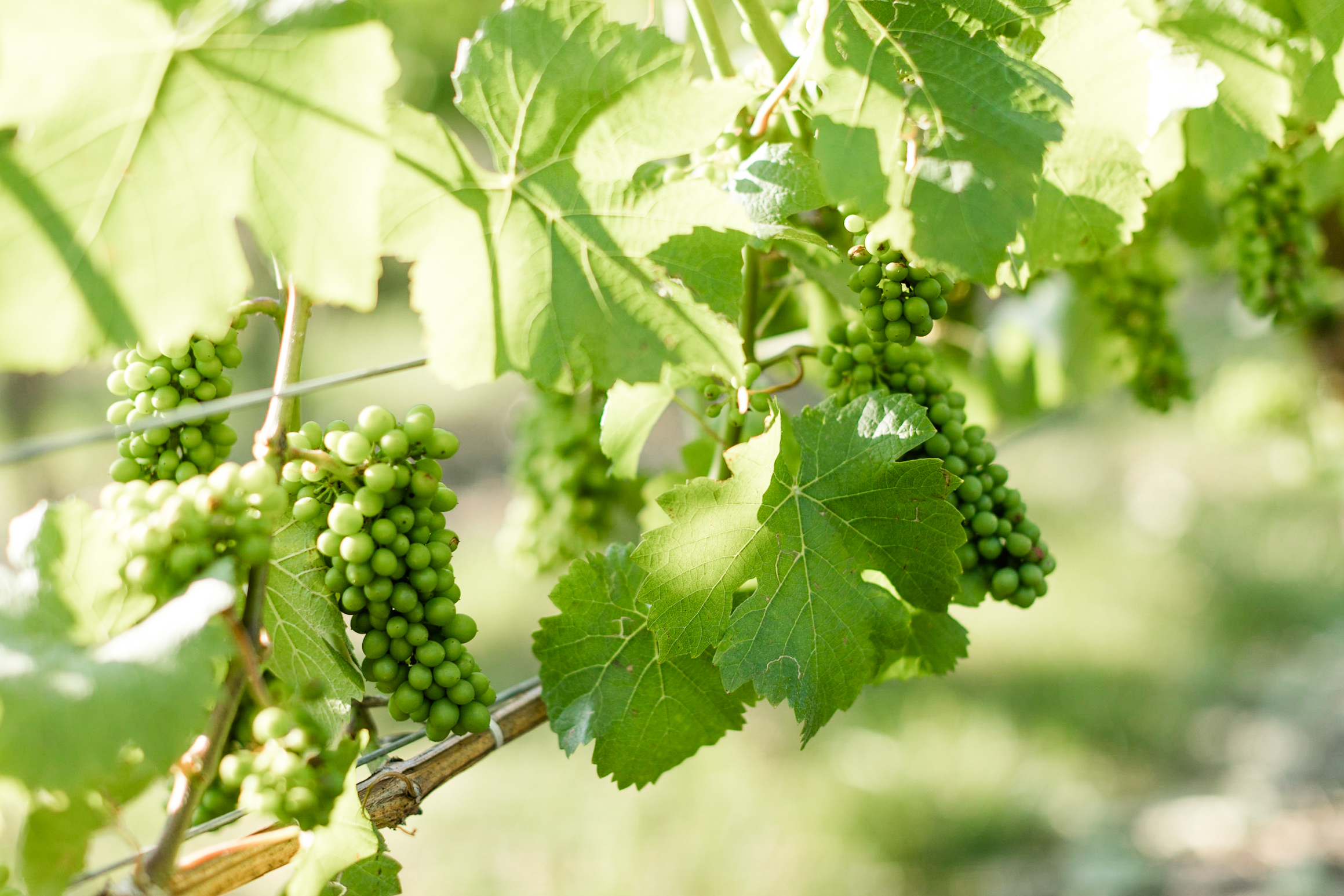Niagara Peninsula
VINEMOUNT RIDGE
Sub-Appellation STATS
2021-22 Annual
Production (9L Cases)
Growing
Degree Days
Number of
Wineries
Number of
Appellation Wines
Common Varieties Riesling Pinot Noir Chardonnay
Appellation OVERVIEW
Vinemount Ridge lies just above and south of the brow of the Niagara Escarpment. This appellation covers two prominent geological features - the Fonthill Kame to the east and the Vinemount Moraine on its western edge.
South and east-facing SLOPES, early spring WARMING, hot SUMMERS
Erosion from the several streams that cross this appellation have produced a gentle, undulating landscape with many shallow east- and south-facing slopes, unique within the Niagara Peninsula.
Characteristics
TOPOGRAPHY
The youngest moraine in the Niagara Peninsula, the Vinemount Moraine is a long narrow ridge of material that was deposited by the glacier that occupied the Lake Ontario basin approximately 13,000 years ago. It dominates the topography in the northern and western portions of this appellation. This long, narrow, hummocky ridge, less than one kilometre wide, reaches an elevation of 213 metres on its western side and then descends gradually in long rolling slopes southward before grading onto the gentle relief of the Haldimand Clay Plain. Many small streams and their tributaries cross through the appellation, providing some relief to the landscape and ensuring good surface and ground water drainage. Vineyards on the Moraine's gentle south-facing slopes are well oriented to receive maximum sunlight throughout the growing season and well into the fall.
SOIL
The Vinemount Ridge soils have developed on a rich layer of clay loam till and are composed of a large amount of silt and shale derived from the Escarpment. These soils have high water-holding capacities due to their considerable thickness and silty, clay loam texture. Vines enjoy a consistent and reliable water supply throughout the summer but are able to avoid soggy roots with the natural drainage of the underlying Vinemount Moraine.
CLIMATE
This appellation has a favourable southern exposure allowing the sun to bring warmth early in the spring and maintain high daytime temperatures throughout the season. Because of its distance from Lake Ontario and exposure to the prevailing southwesterly winds, the area experiences lower nighttime temperatures than areas below the Escarpment and a moderately high diurnal temperature range. While microclimates of particular vineyards vary across this appellation due to relative elevation and exposure to winds, this appellation overall has a shorter growing season relative to other appellations within the Niagara Peninsula.
Notable Features
Early spring warming and subsequent early budburst are a feature of this appellation. Further setback from Lake Ontario than other Niagara appellations, and with a slightly shorter growing season, the hot summers ensure that grapes are fully mature at harvest.
Wine personalities
A cool appellation but with a nice warm growing season, Vinemount Ridge favours sweet ripe fruit.
Look for medium bodied whites - well composed with nice acidity and splashy fruit salad on the palate. Reds are medium bodied with natural structure, highlighting aromas and flavours of fresh and stewed fruits.

Appellation
NIAGARA PENINSULA
Situated at approximately N43° latitude this prime and diverse appellation is characterized by rich, fertile soils and unique meso climates, which provide ideal conditions for producing wine grapes with more complexity and intense flavour than in many warmer climates.



